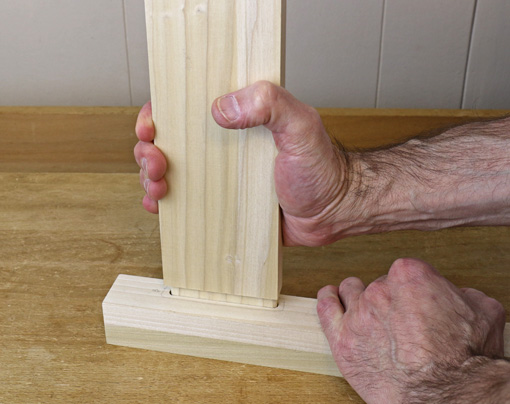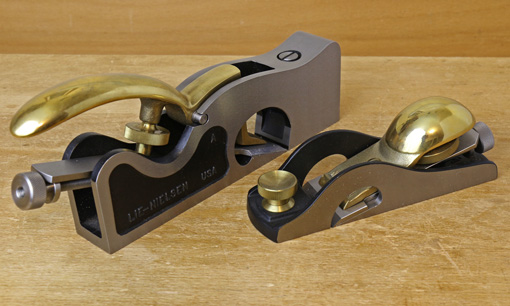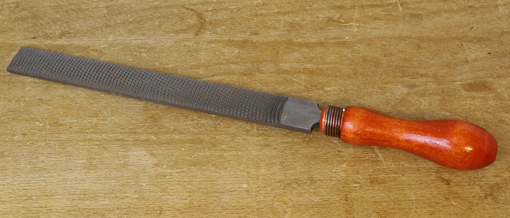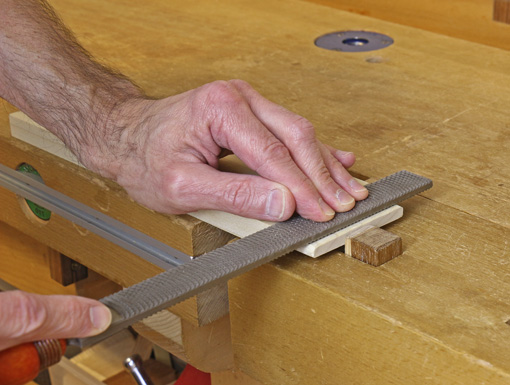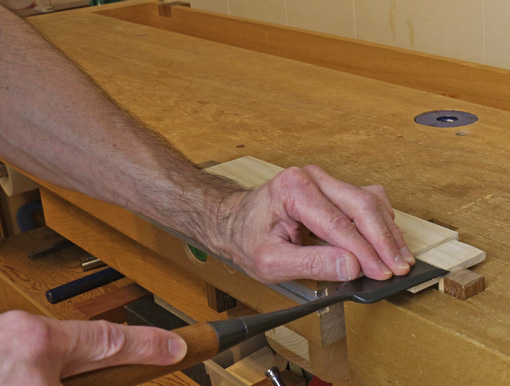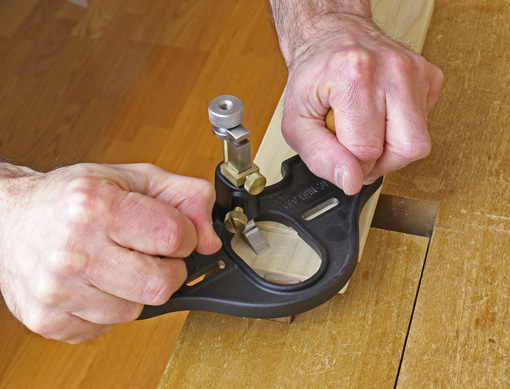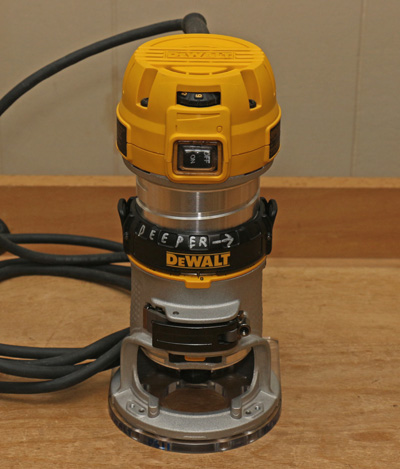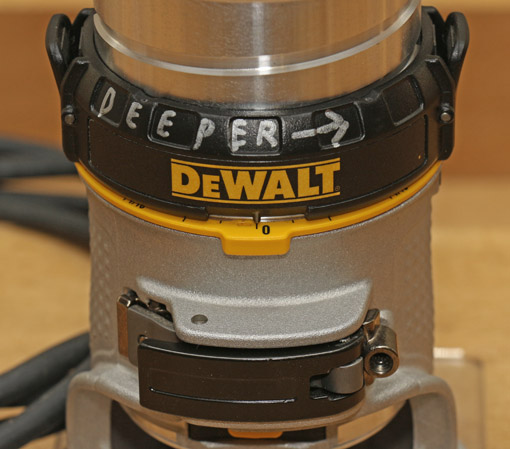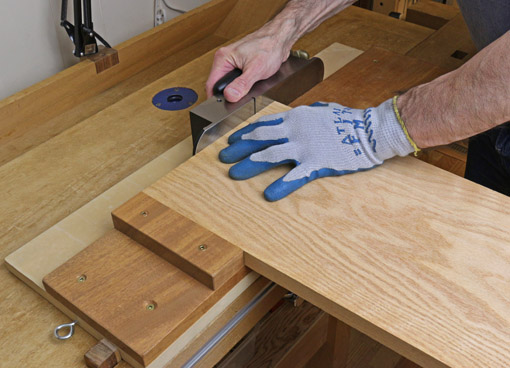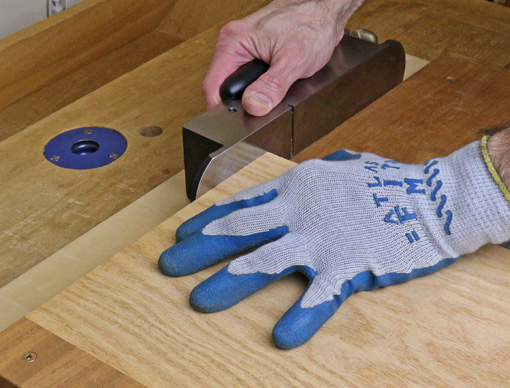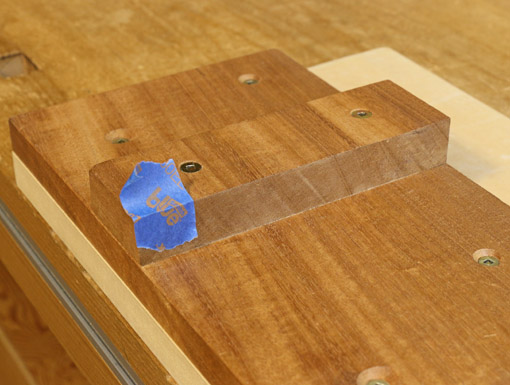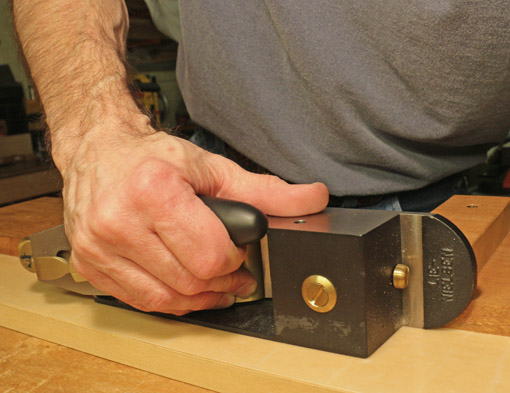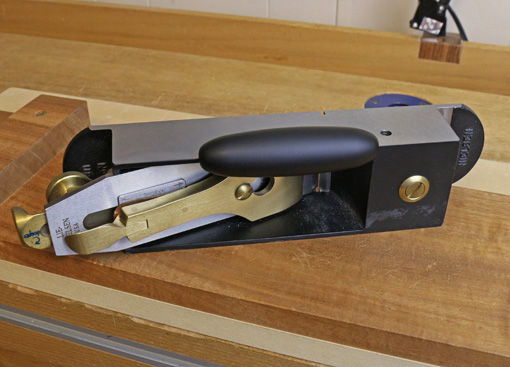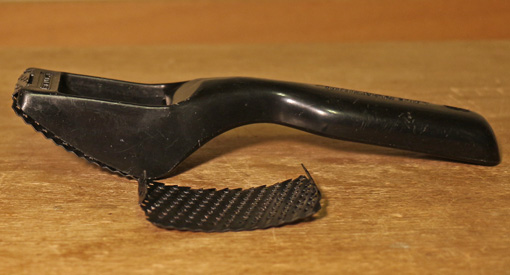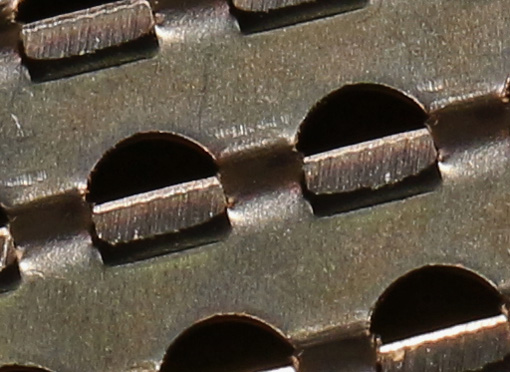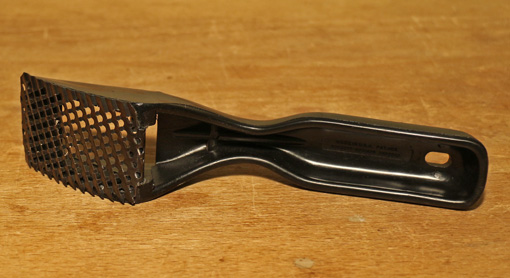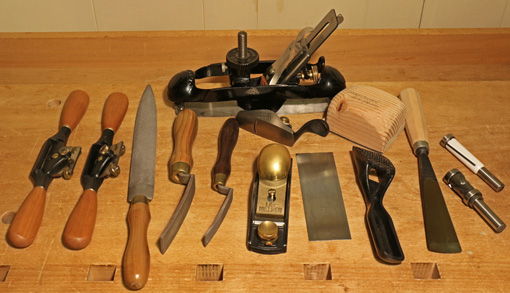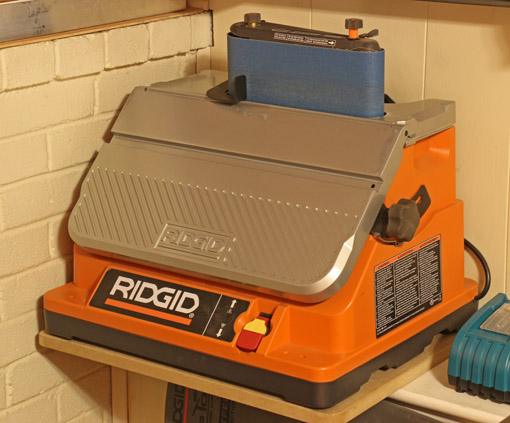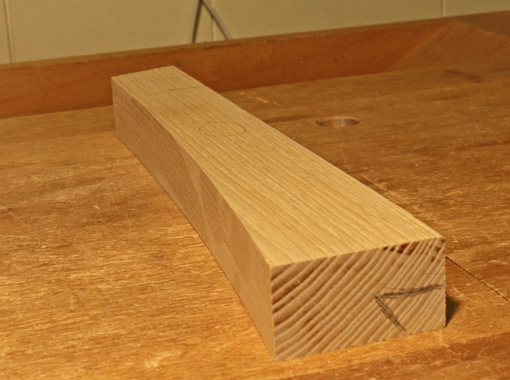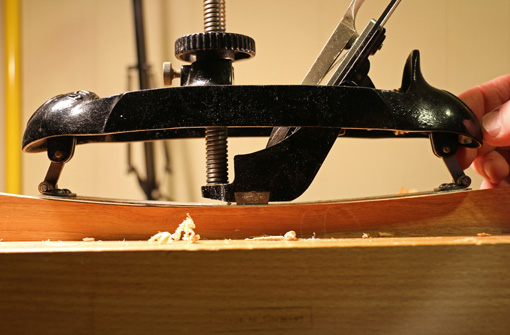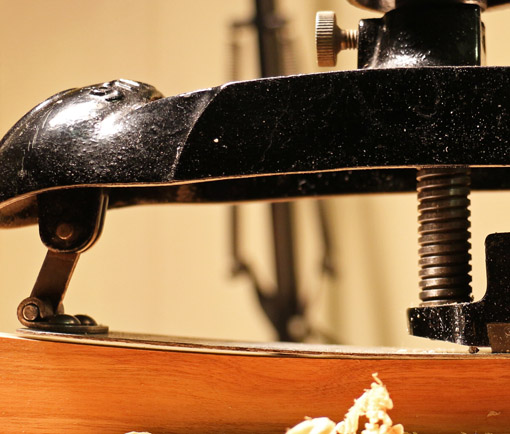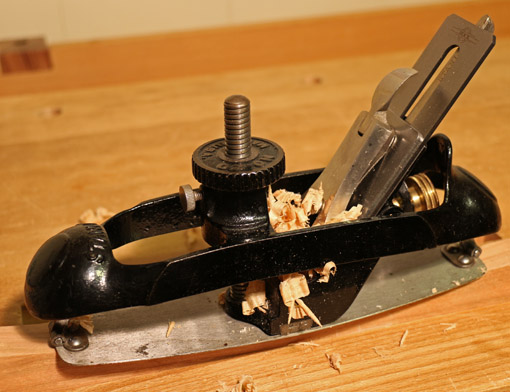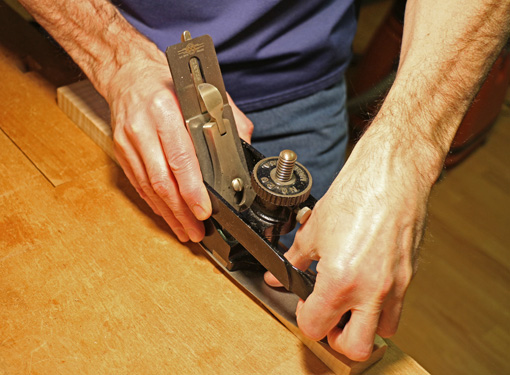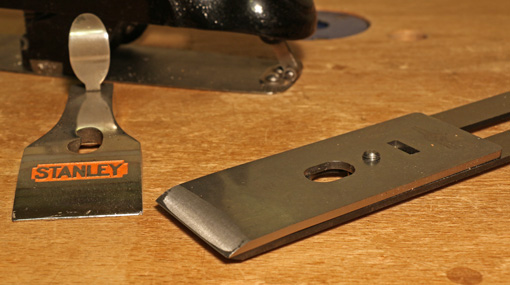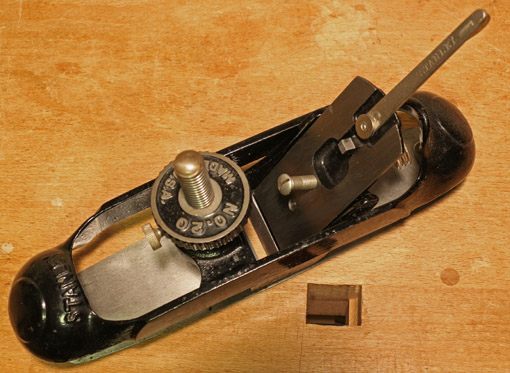 Readers of this blog may have noticed that the author has a few pet peeves. Among them are the belief in magic, pretending that woodworking is quick or easy, and purporting perfection.
Readers of this blog may have noticed that the author has a few pet peeves. Among them are the belief in magic, pretending that woodworking is quick or easy, and purporting perfection.
Here’s another one.
We contemporary woodworkers have a lot of advantages. We benefit from access to lots of excellent instruction, centuries of accumulated craft wisdom, and great quality tools.
“So, Rob,” you say, “what’s the problem?” Well, there is the danger that the more there is of all that, the less there may be of any one of us.
There is, however, an absolute protection from that danger. It is your brain, but only if you use it.
A technique, method, or tool is not right just because a guru said so. Now, of course, we should heed expert advice and ages of experience, but woodworking is right there in front of you, where the steel meets the wood, and the product of your work is also right there for honest appraisal by you and others. Though each woodworker does not need to reinvent the wheel, he should assess and choose what works at his bench in his shop.
The issue is how one might take in what is put forth. A technique, approach, or tool is good or bad on its own merit, and one can also have reasonable preferences among good options, but reflexive adherence is not the road to genuine craftsmanship or artistry. It is similarly foolish to offer the annoying “I was taught,” or eighteenth century dogma as the decisive justification for a methodology.
Consider that no instruction can cover all situations, woods, designs, and preferences. Moreover, technology changes, and no one is infallible. Many nuances of the craft are very difficult if not impossible to communicate but must be discovered through your hands. For these reasons and more, second hand information should become first hand – pun intended.
I think the right road is to continually learn and put the learning through your head and your hands, so that skills are not merely borrowed but absorbed, refined, and customized.
Thus, your woodworking will be grounded in solid technique but evolves to become your own. And that, in my view, is the heart of the matter here. Your woodworking is personal. Make it that.
Photo courtesy photos-public-domain.com

